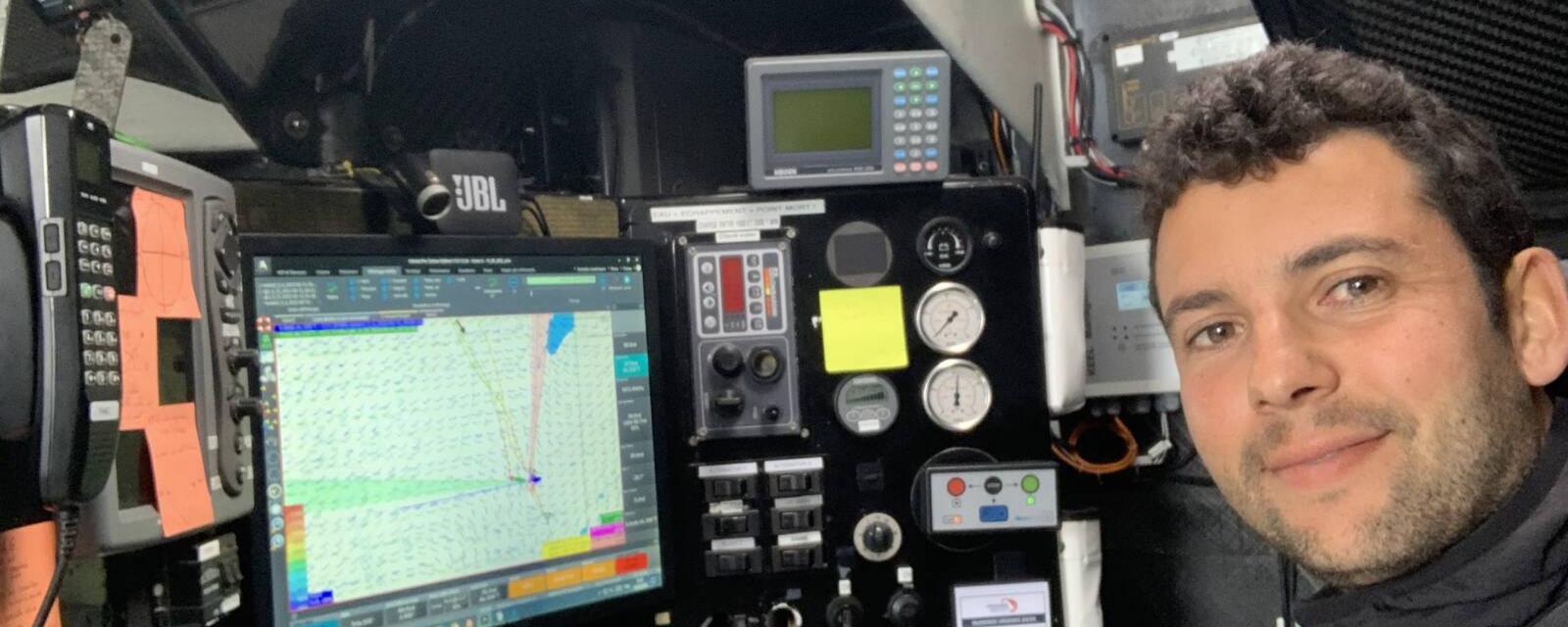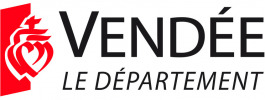
French are Data Kings as Internationals Play Catchup
- Share
The dynamic and complicated second IMOCA race of the season revealed the hidden strengths of the top French skippers and has shown the international sailors getting traction in their new campaigns.
The second running of the Vendee Arctique - Les Sables d’Olonne will be remembered for the vicious low pressure system that raked across the fleet and paralyzed the event. But a nuanced view of the first half of the race cracks open a mind-bending analysis of extreme data mining and precise routing that was the real reason the top three was so launched by the time they reached the shortened finish off southeast Iceland.
Two complex light-wind ridges were directly in the path of the IMOCA sailors after the start. How the second generation foilers and non-foilers attacked these features was obvious, predictable. How positions developed leading up to the storm were surprising, and, for some, the difference was between gliding to the Iceland gate or getting pounded into submission for two hundred miles.
“Obviously right from the start there were different options,” said Sam Davies, the IMOCA skipper who is patiently awaiting the launch of her new Initiatives Coeur. “All weather forecasts were saying for the foilers to sail around the ridge to the west. The slower your boat, the less you have to gain by sailing all the way around. You can cut the corner.”
And that’s exactly how it played out. Non-foilers Benjamin Ferre (Monnoyeur - Duo for a Job) and Guirec Soudee (Freelance.com) followed a more easterly line and both were able to hold onto their top 10 places until what became the finish line.
The top three positions were no surprise to anyone. And their race was decidedly less dramatic than those behind them, as they out-sailed the worst conditions. But the reasons why Charlie Dalin (Apivia), Jeremie Beyou (Charal) and Thomas Ruyant (LinkedOut) have a decided advantage in tricky weather has surprisingly less to do with their boats and often more to do with the data they use to make decisions.
Data and Experience
“This was a good example of routing speeds and how not being able to follow them cost you a lot,” said Yoann Richomme, the IMOCA and decorated Class40 skipper who was watching the race closely. “A lot of the sailors didn’t look carefully enough at the second ridge that was coming in hot. And they over estimated their speed. They got stuck.”
Richomme said there needed to be precise routing (overlaying weather forecasts, course directions, and predicted boat performance in the conditions) to get through the first front and ahead of the second, a low-margin-for-error move. “Charlie (Dalin, Apivia) is a master at performance analysis,” said Richomme.
To accurately match performance to the weather and course routing, data needs to be precise. Do this accurately, and you have the capability of sailing the fastest path through the minefield of weather features to the finish.
The most expensive part of the routing equation is the data. Data on a boat’s performance in different conditions. Determining how fast a specific IMOCA sails at a certain wind speed and angle with what sails up takes either thousands of miles of trialing or computer simulation or both. This costs big bucks. Then there’s the experience factor. Are you actually going to go 100% of that speed? The skipper must factor in sea state, wind stability and her or his ability level. Richomme said campaigns like Apivia consider the effect of wave height and direction, and even the time it takes to change from a J-2 jib to a Code sail, for example.
“Charlie knew he could get in front of that second front,” said Richomme, who has won the coveted Route du Rhum and is aiming for his first Vendee Globe start in 2024. “Charal and LinkedOut thought they could but they weren’t perfect. The second group routed themselves like Apivia but didn’t estimate the sea state and their ability to have the correct sail up at the right times. They went slower than they expected.”
Older is Better
Richomme said the older, non-foiling designs had an advantage in the complicated weather pattern in the Vendee Arctique. “It’s hard for the foilers to get the routing right,” said Richomme. “They have more unknowns. The difference in potential can be huge. They can lose 20 to 30 percent performance in a certain sea state. The dagger board boats are older and have well established polars (performance data) and the sailors respect this data. It makes their routing easier and more accurate.”
Internationals at the tip of the iceberg
Alan Roura (Hublot) came back from a poor showing in the Guyader Bermudes 1000 to finish as top international sailor in seventh. Pip Hare (Medallia) also reached a height in her campaign in 13th with her new boat. The Vendee Arctique is almost a blip on the radar of a Vendee Globe campaign but an important step in conditions that were in many ways more challenging than the big race around the world in 2024.
“My general impression is that this was an amazing race,” said Davies, who expects to be sailing her new IMOCA in this fall’s Route du Rhum. “It’s a course that is ‘Engage’ or when you have to be 100% at every aspect to succeed. It’s not a race to be taken light heartedly. It’s remote, there are not many solutions when there is a problem. We don’t know that part of the world well.”
Roura was stuck in the second pressure ridge, the one Richomme noted. But the Swiss sailor miraculously wiggled his way out of the pack, despite the apparent lack of passing lanes, and ended up in seventh.
But the biggest surprises of the race were the performances of Ferre and Soudee. Both Davies and Richomme said their performances, fourth and sixth respectively, seemed to come out of no where.
“Where the heck did he come from,” said Richomme who laughed at the fact that not long ago Soudee was sailing the oceans on an ancient little sailboat with a chicken as a companion. “Both he and Benjamin are excellent. Every picture of Benjamin shows him with the right sail up. They’re sailing like they’ve been in IMOCAs for 10 years.”



